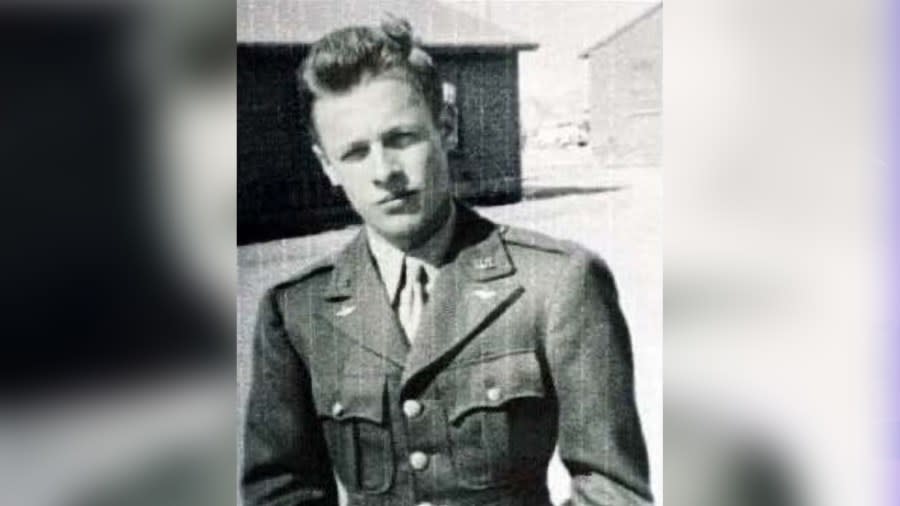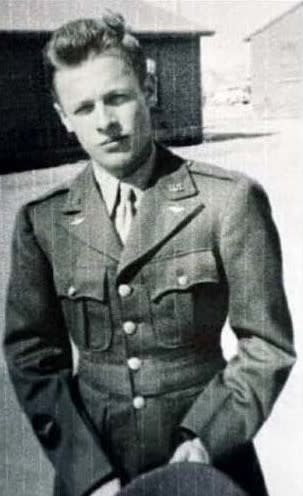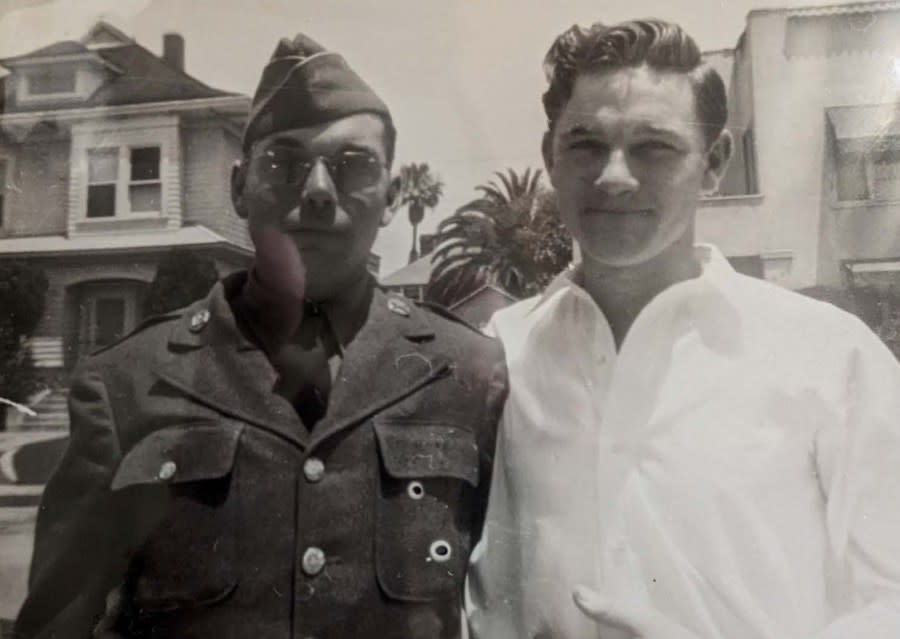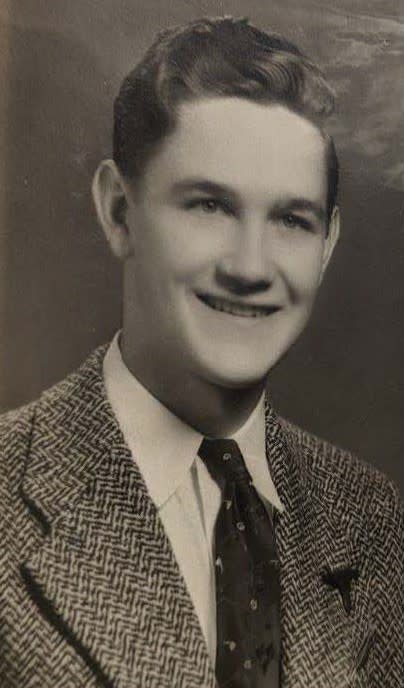Remains of California airman killed in WWII identified by DoD

A Los Angeles man who died serving his country during World War II will be returning home for burial after he was successfully identified by the U.S. Department of Defense.
The remains of U.S. Army Air Force Tech. Sgt. Donald V. Banta were positively identified and accounted for last September, and his surviving family members were just officially briefed on the matter.
Banta was assigned to the 703rd Bombardment Squadron, 445th Bombardment Group, 8th Air Force in the European Theater, according to the Defense POW/MIA Accounting Agency (DPAA), an agency within the Defense Department whose mission is to recover and identify the remains of service members who were prisoners of war or went missing in action during past military conflicts around the world.
Banta worked as an engineer and machine-gunner on a B-24J “Liberator,” the DPAA said. He died on Feb. 24, 1944 when his plane was hit by anti-aircraft fire after taking off from an airbase in England for a bombing mission against enemy targets near Gotha, Germany.
“During the mission, this aircraft sustained damage from enemy fighter attack and exploded in mid-air near Leimbach, Germany,” officials said.
California airman who died following Bataan Death March identified
Banta was one of nine crew members on board when the plane went down. Two were able to parachute to safety before being captured by German troops; the other seven, including Banta, died in the crash. He was 21 at the time.
The remains of one of his fellow crew members were recovered by German soldiers and buried in a local cemetery, but Banta’s and the remains of the other deceased were never accounted for, officials said.
But in 1952, years after the end of the Second World War, an American organization that searched for and recovered the remains of fallen American military members in Europe, received the unidentified “comingled” remains of several men buried at Bad Salzungen Cemetery in central Germany.
It was theorized at the time that the remains of the men were related to Banta’s downed aircraft, but it was impossible to positively identify them at the time.
Instead, their remains were interred at the Ardennes American Cemetery in Belgium.
Photos of Donald V. Banta, 21, of Los Angeles, whose plane was shot down over Germany on Feb. 24, 1944. (DPAA) Photos of Donald V. Banta, 21, of Los Angeles, whose plane was shot down over Germany on Feb. 24, 1944. (DPAA) Photos of Donald V. Banta, 21, of Los Angeles, whose plane was shot down over Germany on Feb. 24, 1944. (DPAA)
Decades later, in June 2021, historians from DPAA and the American Battle Monuments Commission exhumed the remains of those men and transferred them to a laboratory for identification.
Using modern scientific technology and analysis, scientists were able to confirm that one of the remains was Banta.
His name is currently recorded on the “Tablets of the Missing” at Henri-Chapelle American Cemetery in Hombourg, Belgium. A rosette will now be placed next to his name to indicate that he has finally been accounted for and has returned home.
Banta will now be buried Riverside National Cemetery in Riverside. A date has yet to be determined, but anyone seeking funeral or family information can contact the Army Casualty Office at 800-892-2490.
To read more of Banta’s story, visit his bio page on the DPAA website.
Copyright 2024 Nexstar Media, Inc. All rights reserved. This material may not be published, broadcast, rewritten, or redistributed.
For the latest news, weather, sports, and streaming video, head to KTLA.




